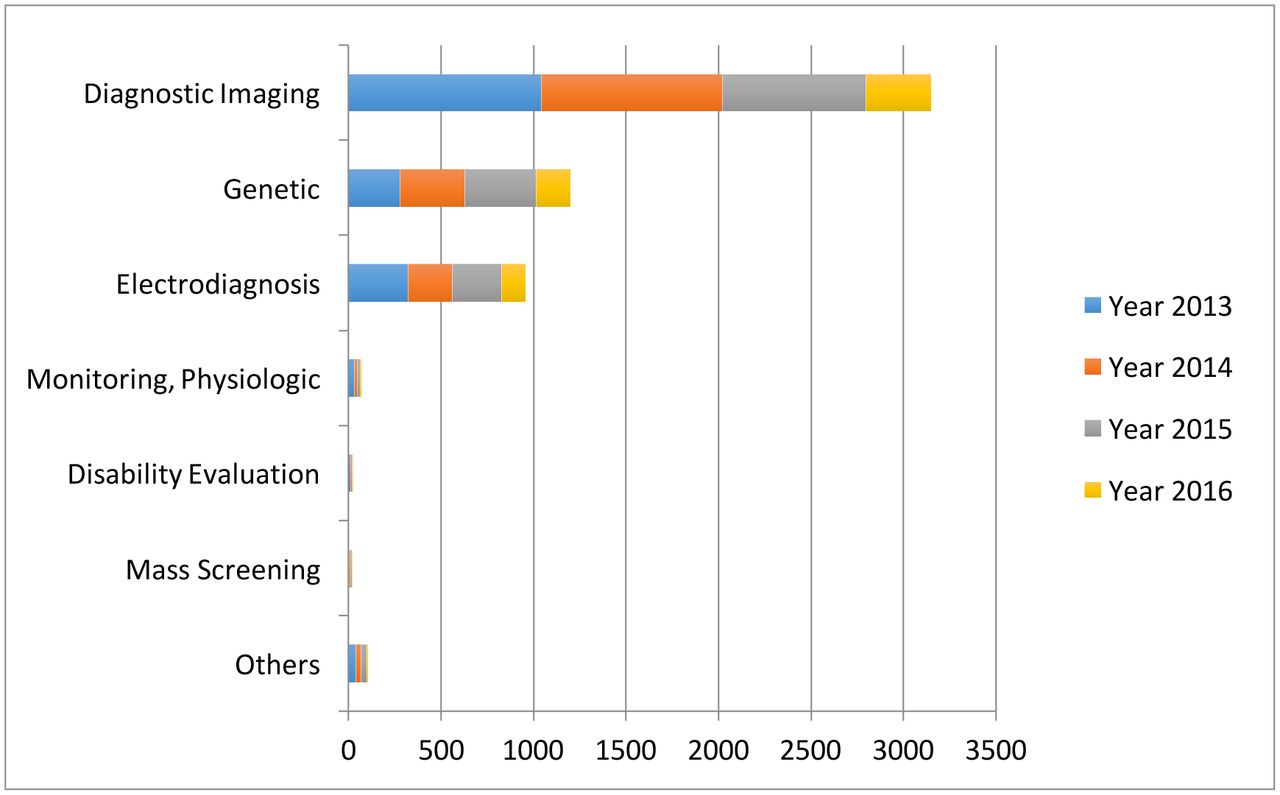
Title: AI Diagnosticians Attain New Achievement: Parity with Junior Doctors in Precision
An exciting development in the realm of artificial intelligence (AI) has captured the attention of the healthcare sector: several of the latest generative AI systems are now diagnosing medical issues with a level of precision that rivals junior doctors. This insight arises from a thorough meta-analysis carried out by scholars at Osaka Metropolitan University, published in npj Digital Medicine, marking a substantial advancement in AI-supported healthcare.
Lead researcher Dr. Hirotaka Takita noted, “This study indicates that the diagnostic capabilities of generative AI are akin to those of non-specialist physicians. It holds potential for application in medical education to assist non-specialist doctors and enhance diagnostic accuracy in regions with scarce medical resources.”
An In-Depth Examination of the Research
The investigative team analyzed 83 studies encompassing over 30 AI models functioning across diverse medical sectors. A notable finding: today’s leading AI systems—like GPT-4, Claude 3 Opus, and Gemini 1.5 Pro—operated almost at the same efficacy as medical residents and trainees, with only a 15.8% performance disparity remaining between AI and experienced medical professionals.
The collective diagnostic precision for AI systems across these investigations stood at 52.1%, though the generation of models significantly influenced results. Newer and more advanced systems greatly surpassed older iterations, indicating that technology is progressing swiftly.
Visual Specialties Set the Standard
AI diagnostic applications excelled primarily in dermatology, a field abundant in images and patterns that complement machine learning’s strengths in visual analysis. In contrast, the systems faced challenges in urology, a more intricate area necessitating thorough contextual evaluation and patient history interpretation—domains where human clinicians currently excel.
“This isn’t aimed at substituting doctors,” Dr. Takita stressed. “It’s about recognizing the contexts in which AI can most significantly bolster healthcare and educational efforts.”
A Potential Transformative Influence on Medical Education and Equity
Despite their imperfections, these systems carry immediate potential to transform healthcare training and accessibility. For educators in medicine, AI chatbots could offer real-time feedback to learners or function as training resources for refining diagnostic skills. In underprivileged or isolated communities, where access to medical expertise is scarce, AI could serve as an initial support mechanism, aiding non-specialist providers in making more informed choices.
A Double-Edged Instrument: Methodological Hurdles Persist
However, the researchers also issued warnings alongside their enthusiasm. The integrity of existing studies represents a challenge, with around 76% of the analyzed research displaying a high risk of bias—often stemming from small, non-diverse datasets or lack of transparency in AI training. Until these concerns are resolved, health leaders ought to approach integration with caution rather than full-scale implementation.
Dr. Takita advocates for improved testing in “complex clinical situations, performance assessments utilizing actual medical records, enhancing the clarity of AI decision-making, and validation across diverse patient demographics.”
Wider Implications: Investors, Regulators, and the Future of AI in Healthcare
This new wave of capabilities has not gone unnoticed by industry players. AI solutions that can enhance diagnostic precision and support physician training are increasingly appealing for investment—especially in image-centric specialties such as dermatology, where ROI could be rapid and significant.
For policymakers and regulatory bodies, the urgent issue is to keep pace with a swiftly changing technological landscape. With AI becoming more woven into clinical operations, there is a heightened necessity for standardized protocols regarding model transparency, data diversity, and physician oversight.
Insurance firms, legal entities, and healthcare institutions will also need to rethink how liability, reimbursement, and the ethical implementation of AI are navigated in scenarios involving AI-assisted diagnoses.
The Path Forward: Collaboration, Not Competition
The consensus among experts is that the future of healthcare is not about human versus machine—it is about human alongside machine. The forthcoming phase of research will examine how AI and human clinicians can collaborate effectively. Merging AI’s pattern recognition and knowledge retention abilities with human intuition and contextual insight could unlock previously unattainable standards of care.
As AI continues to bridge the diagnostic gap with junior doctors, a new paradigm is emerging—one in which intelligent systems do not replace healthcare practitioners, but rather augment their capabilities, support underserved areas, and ultimately enhance patient outcomes globally.
Key Takeaway for Investors and Policymakers
For investors, the optimal opportunity lies in platforms that directly aid non-specialist medical staff and education. Fields with a strong visual component, such as dermatology, present the fastest avenues to revenue generation given AI’s current proficiencies.
Policymakers need to act promptly to establish suitable frameworks for transparency, model performance benchmarks, and fair patient representation in training datasets. Clinical adoption is advancing more rapidly than regulation, making it vital to align oversight with technology before gaps evolve into liabilities.
In summary, AI is no longer a distant concept in healthcare—it is a tool that, with appropriate application and governance, could fundamentally transform how we educate, diagnose, and care for patients.
Discover more from NeuroEdge
Subscribe to receive the latest insights on AI, healthcare innovation, and emerging tech trends straight to your inbox.